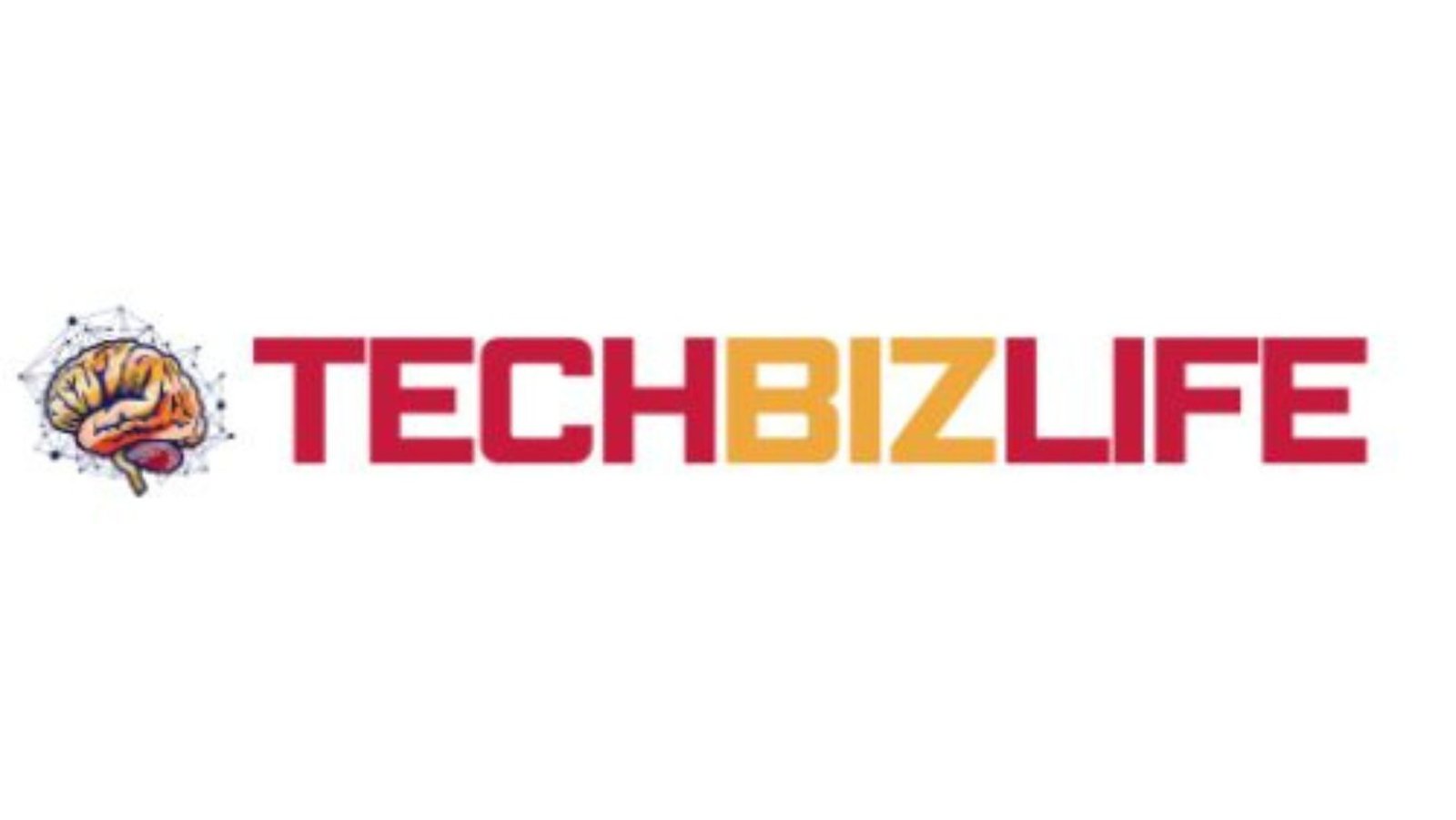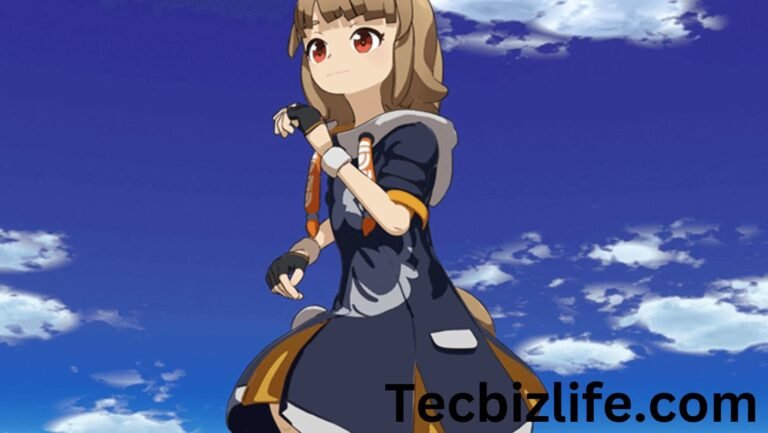The production of anime model nude characters in Blender involves creativity in all aspects of art, plus technical know-how and awareness of ethics. Blender is one of the best-known open-source applications for 3D modeling today. It allows for enough detail and rendering quality in the development of characters. It is a guide for techniques, tools, and best practices found in making gorgeous nude anime models by solving common inquiries and challenges with a straightforward approach. creating cel-shaded character animations with blender by hirao – 4seeding.
Key Takeaways
- Understanding Blender: Blender is a powerful open-source software essential for 3D modeling and animation.
- Modeling Techniques: Learn various techniques for creating detailed anime models, including sculpting and UV mapping.
- Ethical Considerations: Important aspects of copyright and community standards in nude art.
- Rendering Tips: Master the art of rendering to enhance the visual appeal of your models.
- Resources and Community: Access tutorials and forums to improve your skills and knowledge.
What is Blender and Its Importance in Anime Modelling?
Blender is a completely free, open-source source 3D modeling software to artists of any level. Its wide range includes modeling, animation, simulation, rendering, compositing, and video editing. According to Blender Foundation, it was confirmed by a study carried out in the year 2021 that more than 30% of the world’s 3D artists use Blender. It also elaborates how popular it is and how it is effective for other professionals in this business.
| Feature | Description |
|---|---|
| Modeling | Supports various techniques, including sculpting and polygonal modeling. |
| Animation | Offers tools for rigging, keyframing, and character animation. |
| Rendering | Includes advanced rendering engines such as Cycles and Eevee. |
| Scripting | Supports Python scripting for automation and customization. |
| Community Support | A vibrant community providing tutorials, forums, and resources. |
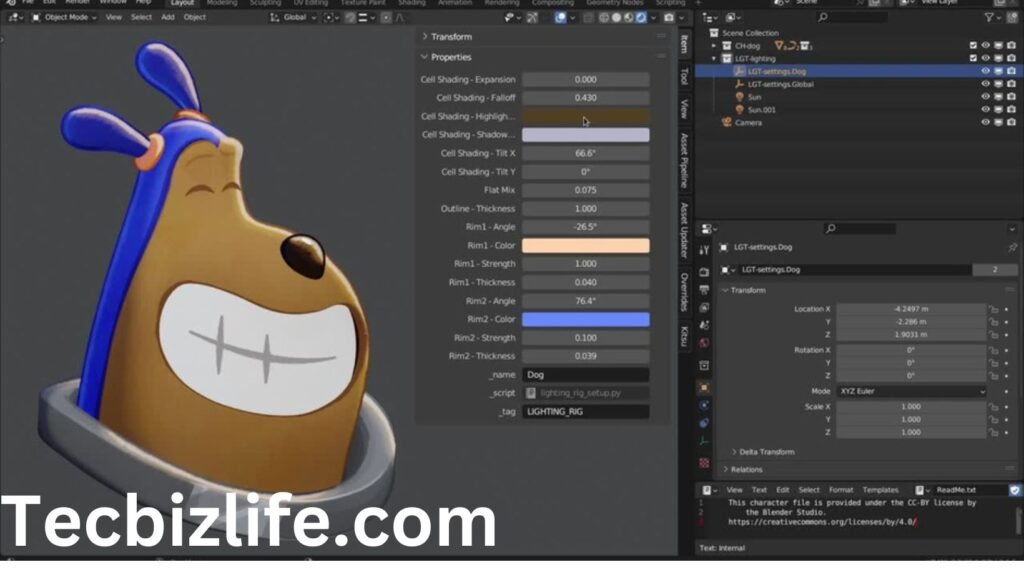
System Requirements to Run Blender
Before running the installation wizard, verify that your system has at least:
Also Read More: creating cel-shaded character animations with blender by hirao – 4seeding
| Requirement | Minimum Specification |
|---|---|
| Operating System | Windows 8.1/10, macOS 10.13 or later, Linux |
| RAM | 4 GB (8 GB recommended) |
| GPU | Graphics card with OpenGL 2.1 support |
| Disk Space | 500 MB for installation, plus additional for projects |
Basic 3D Modeling Concepts
3D modeling is the process of creating a mathematical representation of a three-dimensional object. Here are some fundamental concepts to be in your mind:
- Topology: It defines how a 3D model structure is defined. Good topology should ensure that the deformation of the mesh is smooth during animation.
- Proportions: Caricatured characters usually means knowing the proportions beforehand
- Sculpting vs. Box Modeling: You can use one of these two methods; you can begin with a base mesh or sculpt organic shapes directly
Getting Started with Modeling in Blender
These are the fundamental steps for anime modeling in Blender.
Set up your workspace
- Customize Your Interface: Change the layout for efficiency; it’s all about arranging panels, toolbars, and editors.
- Setting Up Add-ons: You can download add-ons like “Anime Character Creator” to ease the process of modeling.
Building Base Mesh
- Utilizing the Add Mesh Tool: You can create a simple shape-a cube or a sphere-and then manipulate it to come up with the body of your character.
- Blocking Out Proportions: The basics and proportion first then more details.
Advanced Modeling
After you have your base mesh established you make some refinements using the following methods.
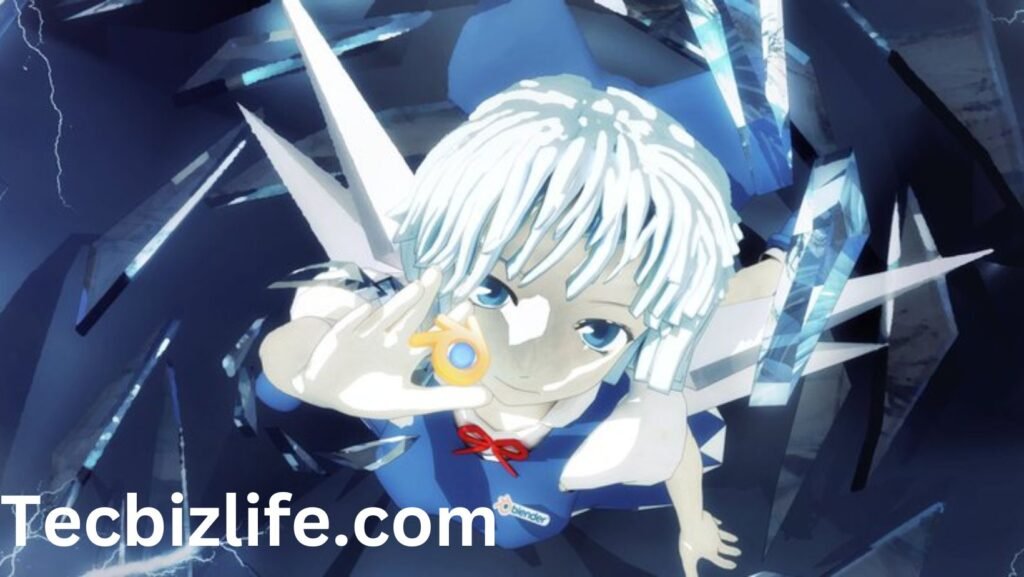
Sculpting
- Scult Mode: Apply specifics and organic shapes using the sculpt tool.
- Dynamic Topology: Enable dynamic topology to enjoy a lot of flexibility when sculpting, because you can extend geometry wherever necessary
Box Modeling
- Edge Loop Techniques: Define areas that may need more detail, such as the face or hands, by forming edge loops
- Extrusion: Extrude faces to generate limbs and other features
Texturing and Shading Your Model
Adding texture gives depth and realism to your models. The basics are covered below:
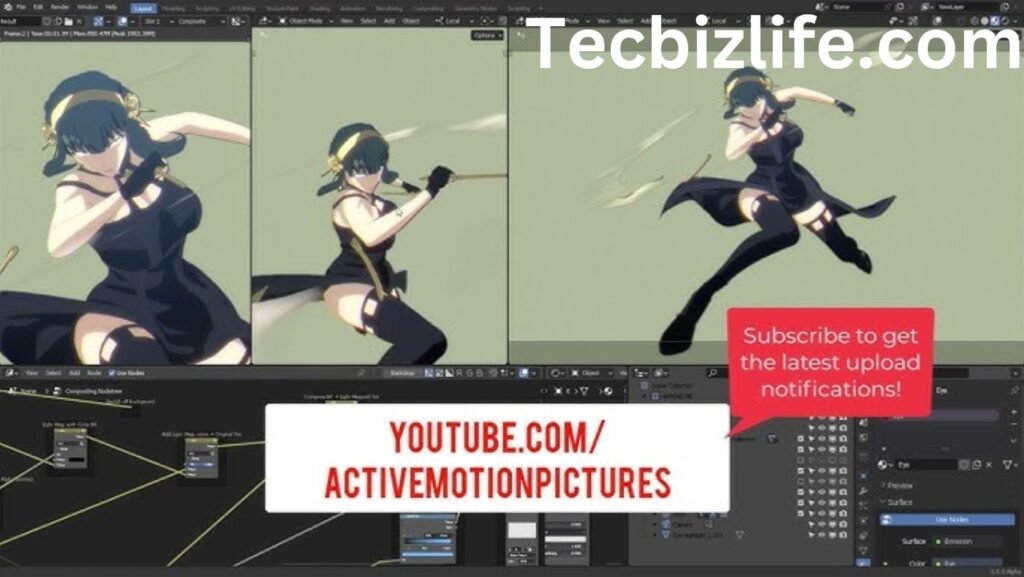
UV Mapping
- Unwrapping Your Model: The tool will give you a 2D projection of your 3D model, which will thus be something over which an accurate texture can be placed.
- Painting Over the Model: Overpaint over the model to add detailed personalized textures.
Material Properties
- Shader Editor: In Blender, to create complex materials using nodes, the Shader Editor is what you use.
- Physical-Based Rendering (PBR): Use PBR knowledge for realistic materials that will react well to lighting
Rigging Your Character
Rigging refers to the act of giving your character a skeleton as a requirement to animate him.
Adding an Armature
- Add Armature: Add an armature object to set the skeletal structure
- Bones Properties Setting: Adjust the bone properties to ensure smooth manipulation of bones
Weight Painting
- Assigning Vertex Weights: Apply weight painting to affect how much of a mesh each bone is influencing.
- Testing Your Deformations: Test your deformations in animations and tweak weights accordingly.
Rendering Your Model
Rendering converts your 3D model into a 2D image. Remember the following:
Also Read More: creating cel-shaded character animations with blender by hirao – 4seeding
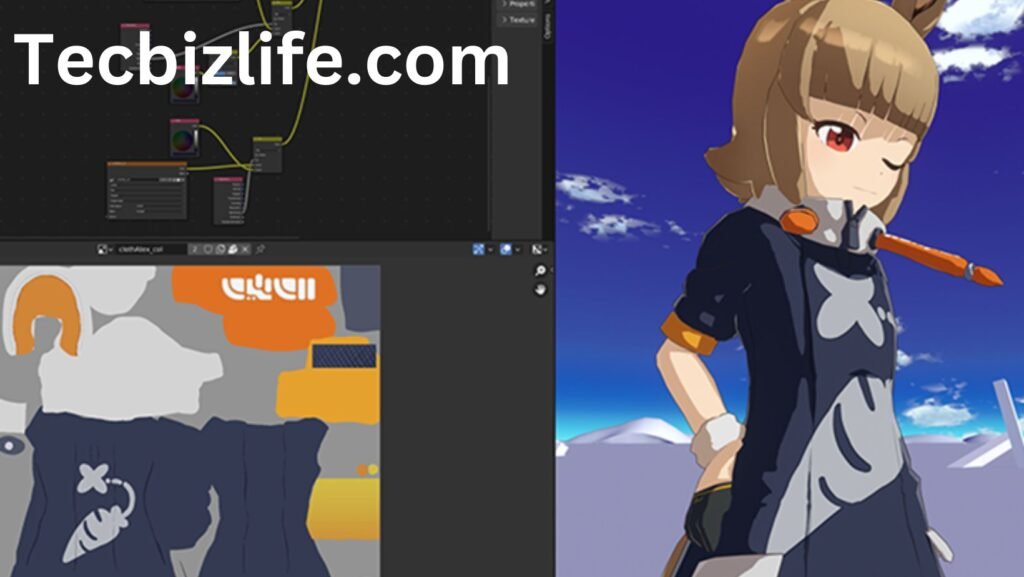
Render Settings
- Select Engine: You are going to be using the Cycles engine, which will provide you with real renderings, or the Eevee engine, if you are trying to end up with a real-time rendering.
- Setting up Resolution: Select the resolution of output based on requirements
Lighting Techniques
- Three-Point Lighting: Use key, fill and back lights to enhance depth and dimension
- HDRI Lighting: Use HDRI images for realistic and intricate lightning and reflection 9. Ethical use in Nude Modeling
Ethical concerns and respect for copyright while carrying nude anime modeling
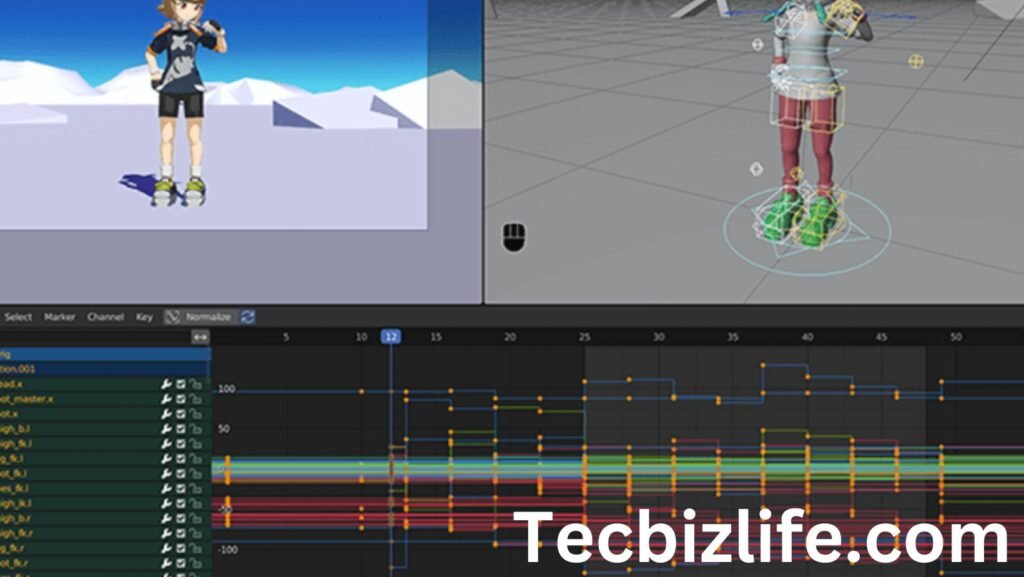
Copyright
- Respecting Intellectual Property; Always original or rights holder for existing assets.
- Fair Use Policies: Understand that fair use policies are in place to protect the same thing of not infringing on copyrights at any cost
Community Standards
- Online Communities and Participation: Share and present your nude art work for the good of others in consideration of community rules regarding respect in the case of a public forum
- Feedback and Criticism: Open a platform of constructive criticism, which can help improve your work while respecting other’s views
Frequently Asked Questions
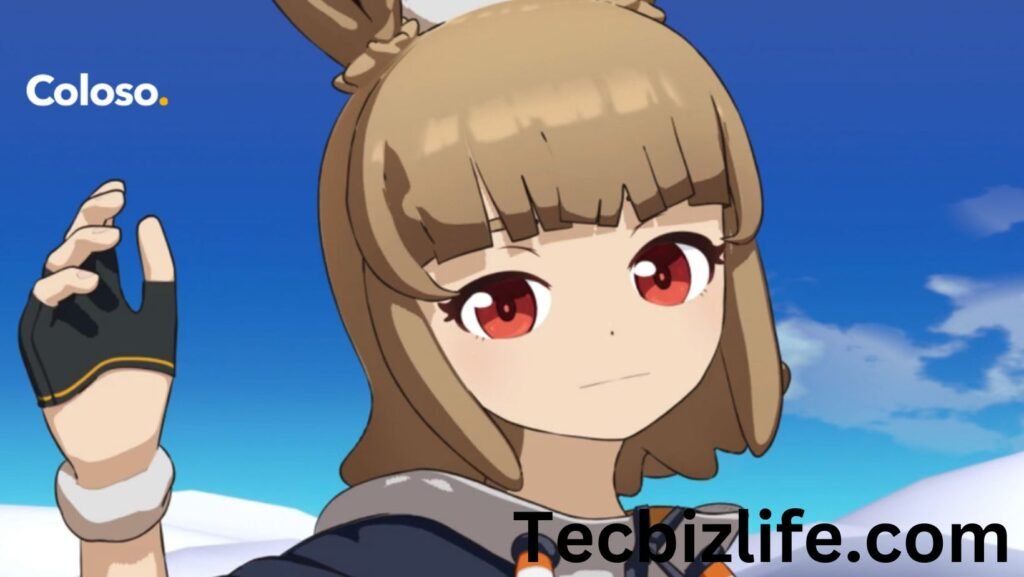
Is it possible to make anime models in Blender for free?
Yes, Blender is free as well as open-source software that can be used by anyone who has interest in 3D modeling.
Where do I go to learn anime modeling in Blender?
Well, for some reason, there are lots of tutorials online. You can find lots of tutorials on YouTube, as well as in Blender’s official documentation, and forum pages like Blender Artists.
Is anatomy needed when modeling nude characters?
Knowing how the human body works may make your models more informative and natural-looking.
How do I improve my texturing in Blender?
Practice lots of different types of textures, tutors, etc., Try odd materials that you find in Blender’s Shader Editor.
Are there any plugins that support anime modeling in Blender?
Yes, for example, “Anime Character Creator” might simplify workflow and workflow efficiency in modeling.
What are the most common modeling errors?
A few common pitfalls have to do with bad topology, ignoring proportions, and not having enough detail in the textures. Always review your work and solicit critiques for improvement.
Also Read More: creating cel-shaded character animations with blender by hirao – 4seeding
Conclusion
Anime model nudity in Blender is best done with a set of creative and technical skills. With the tools and techniques explained in this book, artists will be able to create quite impressive professional-quality models while negotiating the ethical poles digital arts face. Blender will provide vast resources and community support for beginners and experienced artists to develop their modeling skills.
